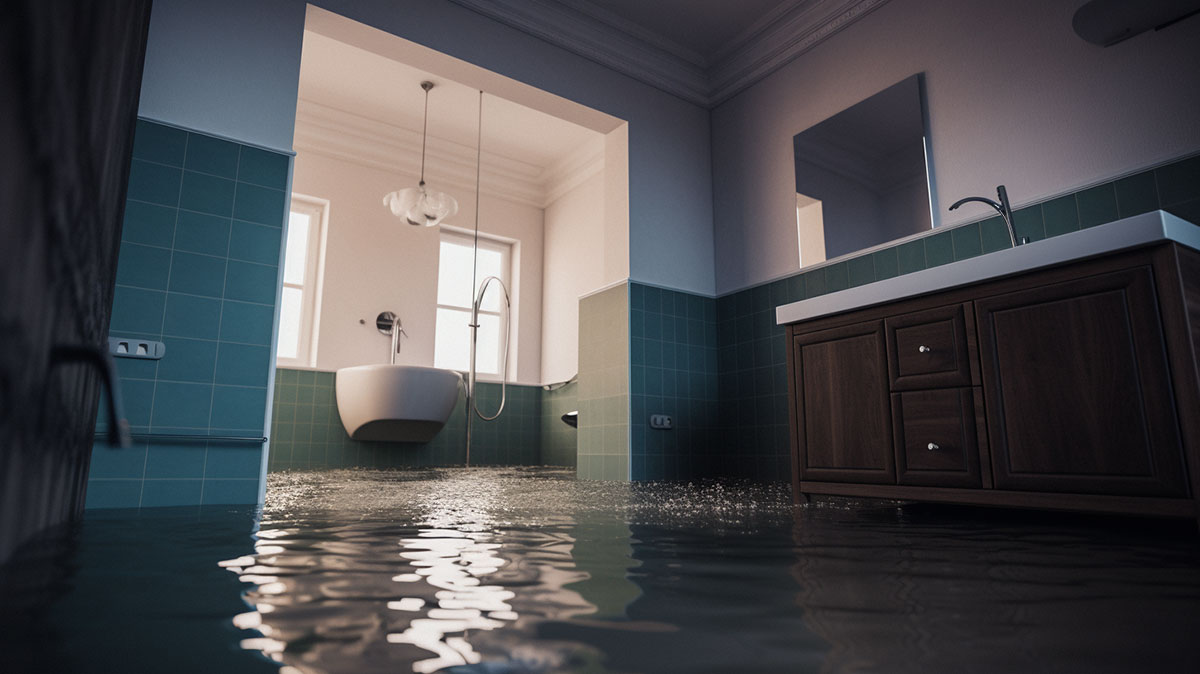Blocked drains are the last thing anyone wants to deal with. Not only can they be a significant inconvenience, but they can also lead to costly repairs and potential health hazards if not addressed promptly. That’s why understanding what causes blocked drains is crucial for every homeowner.
In this article, we’ll list some of the most common reasons behind drain blockages, complete with prevention and DIY repair tips. By understanding these causes, you can proactively avoid or resolve them, saving you time, money, and unnecessary stress.
In this guide:
- 1. Grease
- 2. Fat
- 3. Hair
- 4. Foreign Objects
- 5. Tree Roots
- 6. Leaves and Twigs
- 7. Scale and Mineral Buildup
- 8. Heavy Rain and Weather Conditions
- 9. Structural Problems
- 10. Excessive Flushing of Non-Dissolvable Materials
- 11. Chemical Buildup
- When to Call a Professional
- Tips to Find the Best Plumber for Your Problems
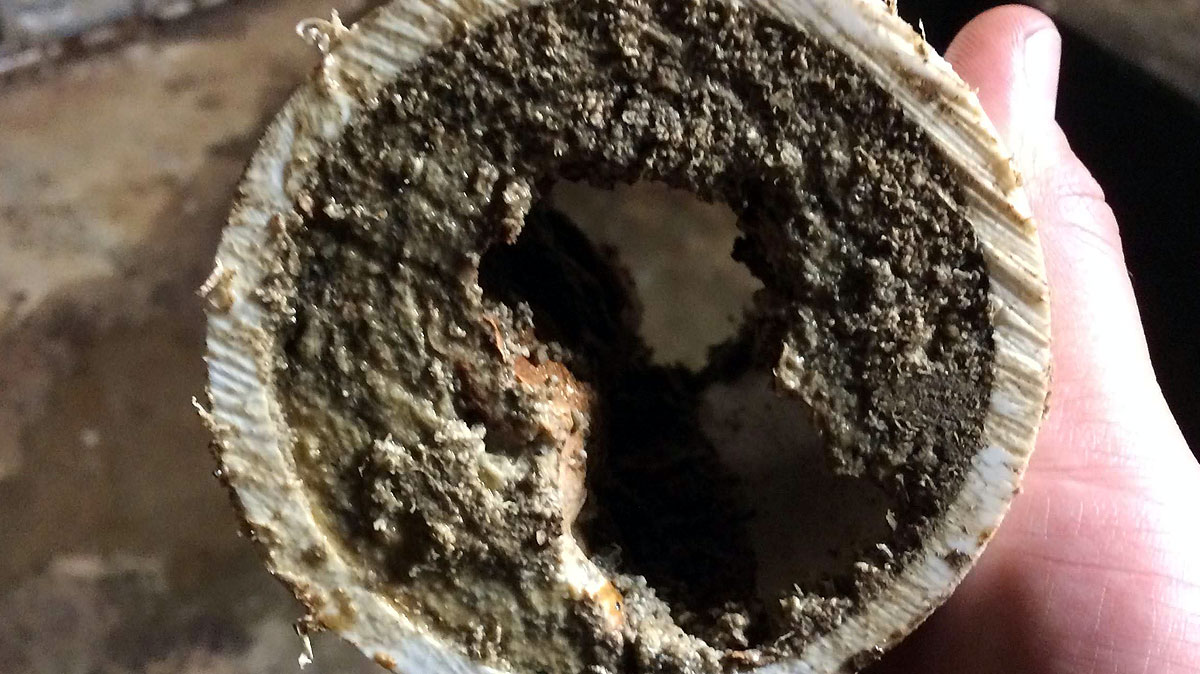
1. Grease
Grease (predominantly from cooking oil and food residues) cools and solidifies when it enters the kitchen drainage system. Over time, these grease accumulations adhere to the sides of the pipes, restricting water flow and often resulting in blockages.
Prevention Tips
- Wipe off greasy pans and dishes with a paper towel before washing.
- Use strainers in sink drains to catch food particles.
- Never pour hot grease directly into the sink.
DIY Repair Tips
- Use boiling water to help dissolve minor grease buildups.
- Apply a mixture of equal parts baking soda and vinegar, followed by hot water.
- Consider professional drain cleaning services for severe blockages.
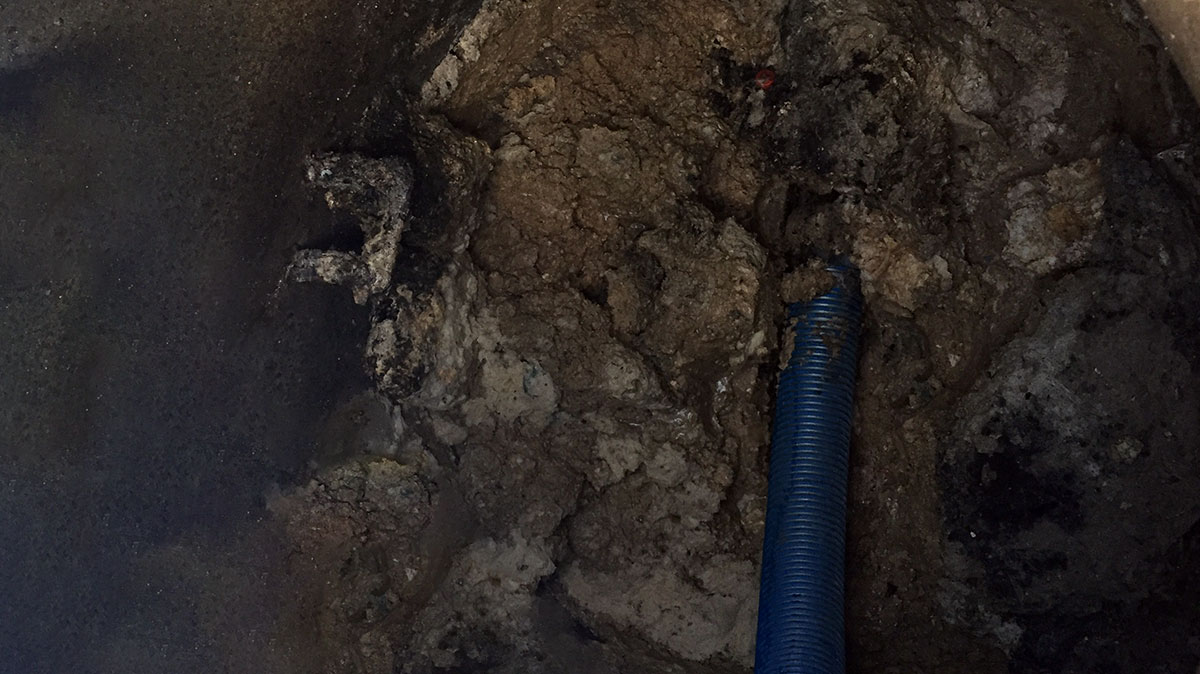
2. Fat
Like grease, the fatty acid from meat and dairy products can get stuck in the pipes. These solidified fats then combine with other debris, gradually blocking sewerage.
Prevention Tips
- Avoid disposing of liquid fat down the sink.
- Collect fats in a separate container and dispose of them in the rubbish.
- Regularly flush your drains with hot water.
DIY Repair Tips
- Use a natural enzyme-based drain cleaner.
- Employ a plumber’s snake or auger to break up blockages.
- Engage with professional drain cleaning services if the blockage persists.
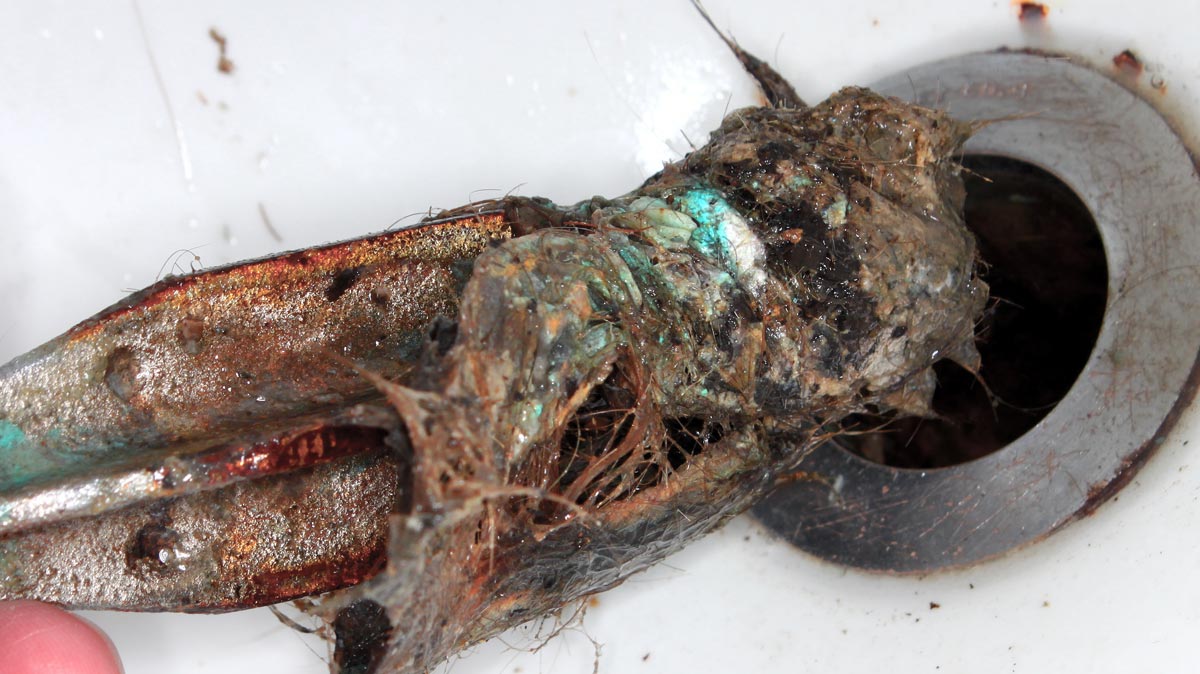
3. Hair
According to the American Academy of Dermatologists, we lose 50 to 100 hair strands daily. These often accumulate in the bathroom with soap, dirt, and other sticky substances. They will eventually form clumps that act as nets, catching other debris and leading to a clogged drain.
Prevention Tips
- Install mesh screens or hair catchers over drains.
- Regularly check and clear the traps beneath sinks and showers.
- Brush hair before showering to reduce loose strands.
DIY Repair Tips
- Use a bent wire or specialised hair-catching tool.
- Pour baking soda followed by vinegar, allowing it to sit for 30 minutes, then flush with hot water.
- Consider a professional drain inspection if blockages reoccur frequently.
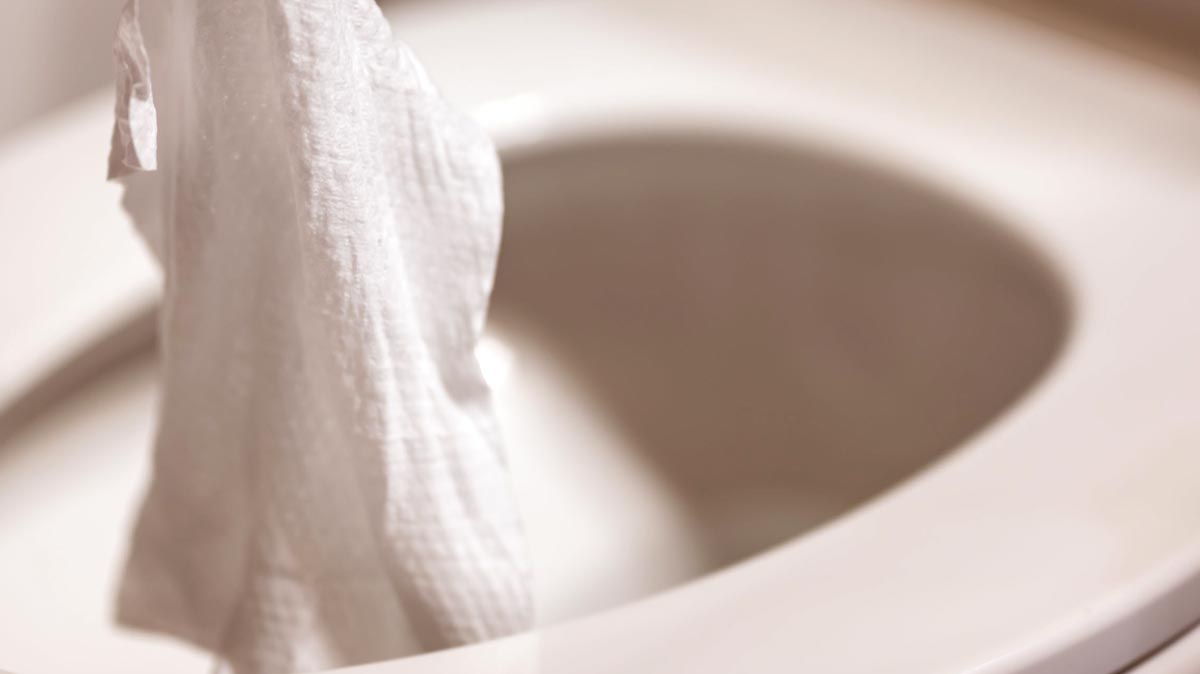
4. Foreign Objects
Toys, jewellery, cotton buds, sanitary products, and food chunks are among the various items that unintentionally end up in drains.
Prevention Tips
- Always use drain guards.
- Educate family members, especially your child, about what shouldn’t go down the drain.
- Regularly inspect drain covers for damage or gaps.
- Make sure a waste container is nearby.
DIY Repair Tips
- Use a plunger to attempt to dislodge the object.
- Employ a plumber’s snake or drain auger.
- Consult with a blocked drain plumber if the object is valuable or the blockage is severe.
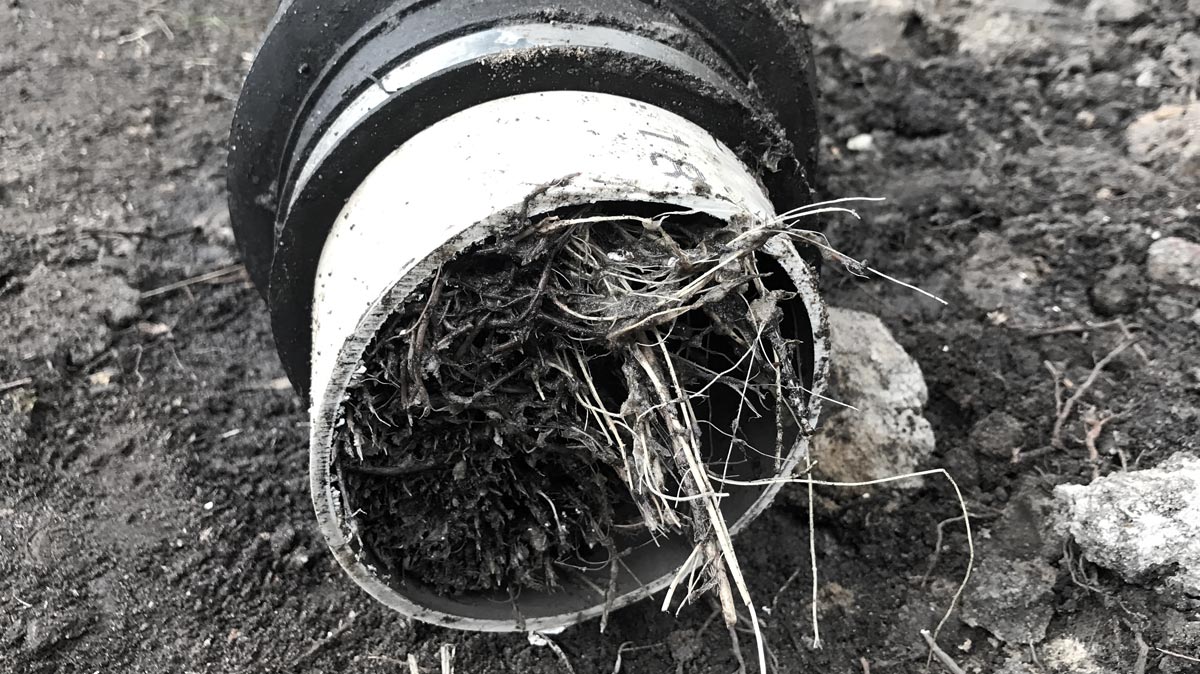
5. Tree Roots
Tree roots can intrude into drain pipes through tiny cracks as they seek moisture. As they grow, they obstruct and can even break the lines.
Prevention Tips
- Plant trees and large shrubs away from drain lines.
- Seek out root barriers or growth inhibitors.
- Regularly inspect for minor intrusions before they become severe.
- Ensure proper support is around the pipes as required in the AS/NZS 3500.2:2021 under Clause 5.6.
DIY Repair Tips
- Utilise root-killing chemicals designed for sewer systems.
- Consider hydro jetting by professionals.
- Replace or reline severely damaged pipes.
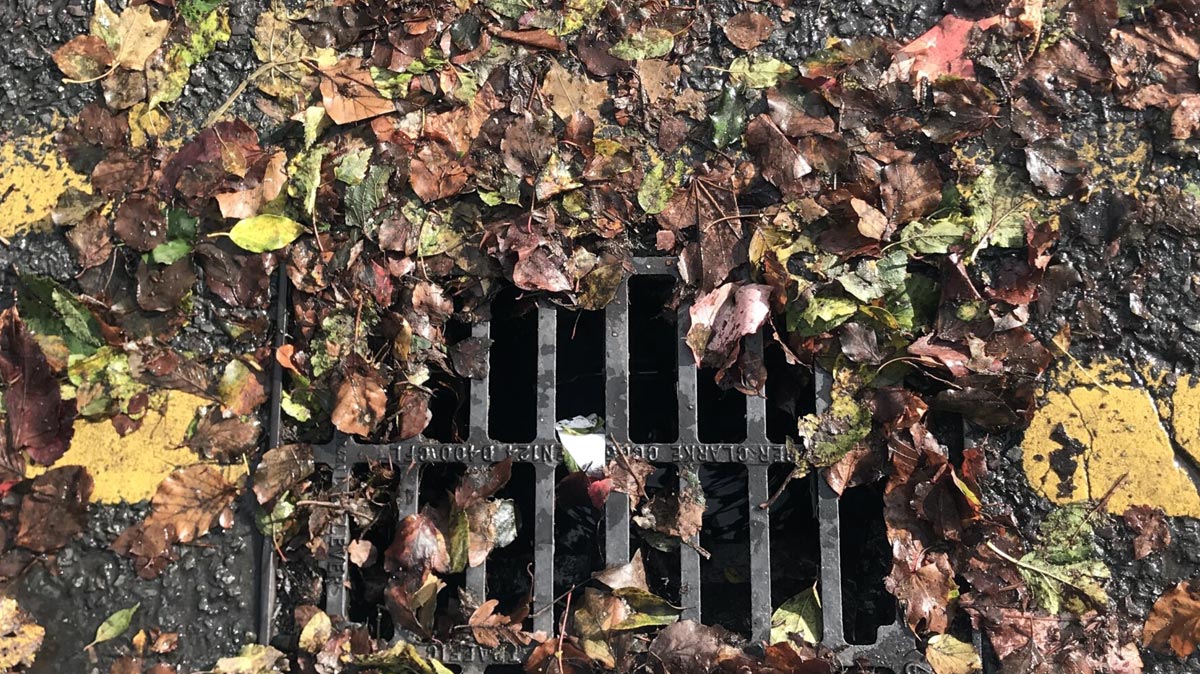
6. Leaves and Twigs
Leaves, twigs, and garden debris can enter and accumulate in outdoor water drains, especially during autumn. This will eventually lead to blockages within the sewerage unless you clean the area.
Prevention Tips
- Regularly clean gutters and drain covers.
- Install gutter guards and drain grates.
- Maintain garden cleanliness, especially after storms.
DIY Repair Tips
- Use a high-pressure water hose to break up minor blockages.
- Manually clear debris from accessible areas.
- For chronic problems, consider installing underground drain systems.
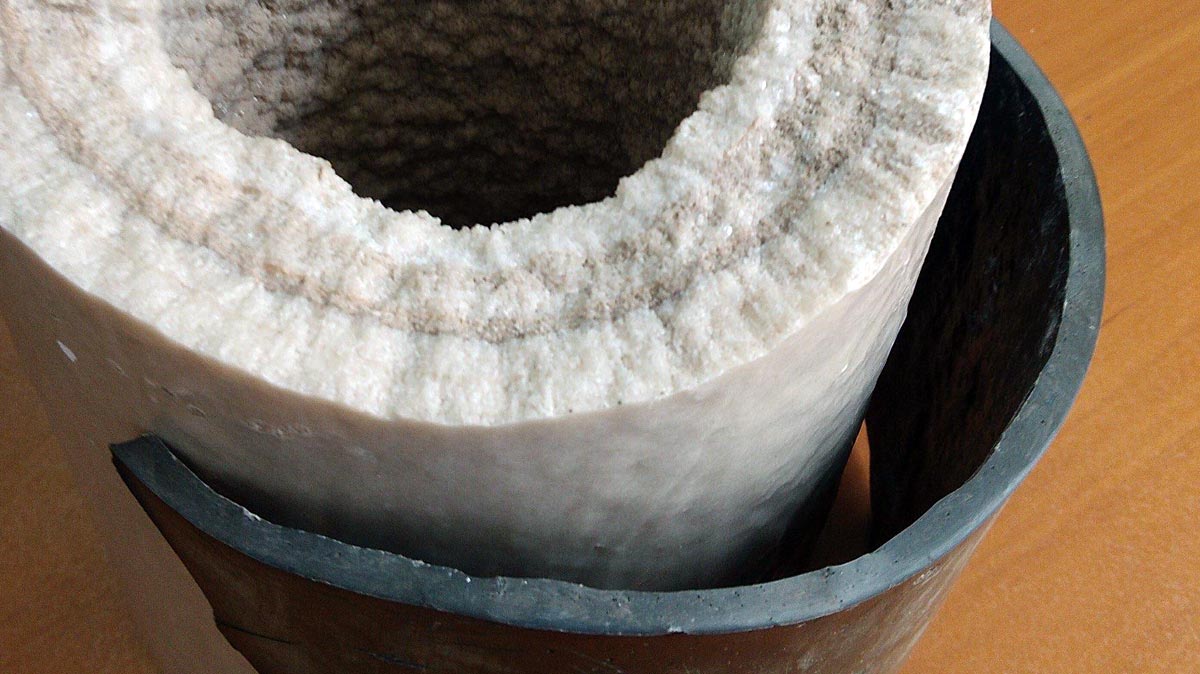
7. Scale and Mineral Buildup
Minerals dissolved in hard water can deposit on shower and pipe walls. These deposits accumulate over time, narrowing the pipe diameter and impeding water flow.
Prevention Tips
- Consider installing a water softener.
- Regularly descale pipes with vinegar or commercial descaling agents.
- Avoid using chemical drain cleaners that can exacerbate mineral deposits.
DIY Repair Tips
- Use natural descaling agents like vinegar and lemon juice.
- Employ hydro jetting services.
- Re-pipe sections with chronic buildup.
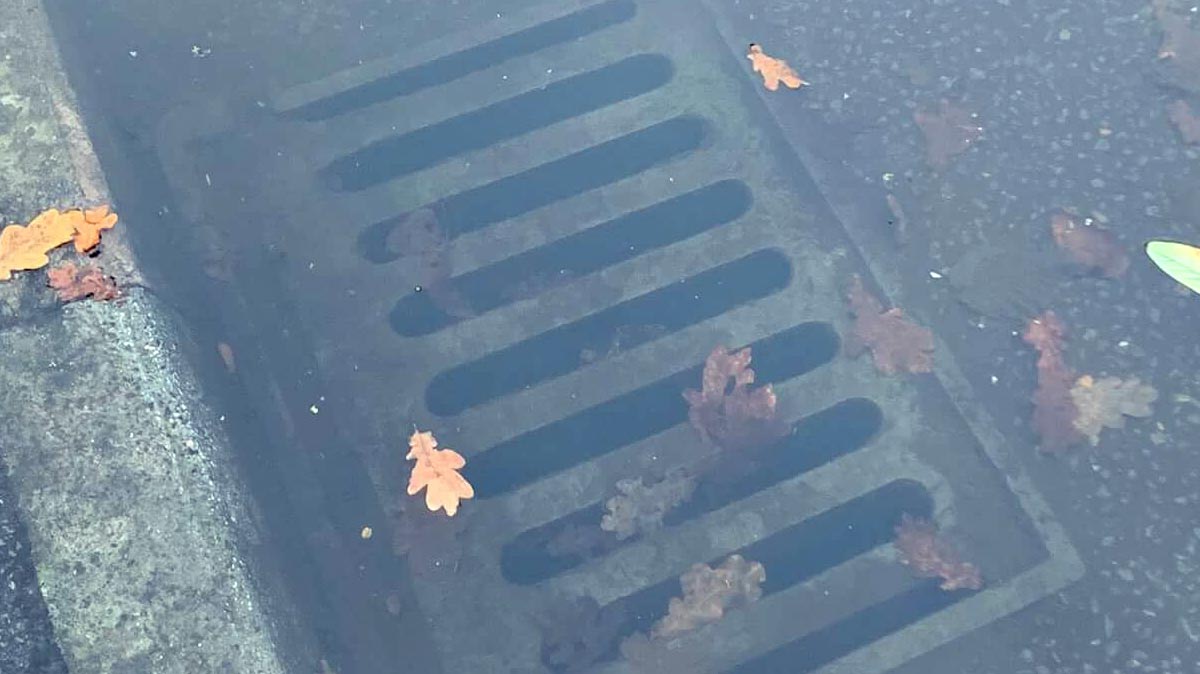
8. Heavy Rain and Weather Conditions
Heavy rain and storms can overwhelm drainage systems, which can result in mud, silt, and external debris blocking the pipes.
Prevention Tips
- Ensure outdoor drains are free from debris.
- Regularly check and clean stormwater drains and pits.
- Elevate critical outdoor drainage systems where possible.
DIY Repair Tips
- Remove silt and debris manually after the water subsides.
- Consider installing a sump pump in vulnerable areas.
- Consult with professionals for drainage solutions in flood-prone areas.
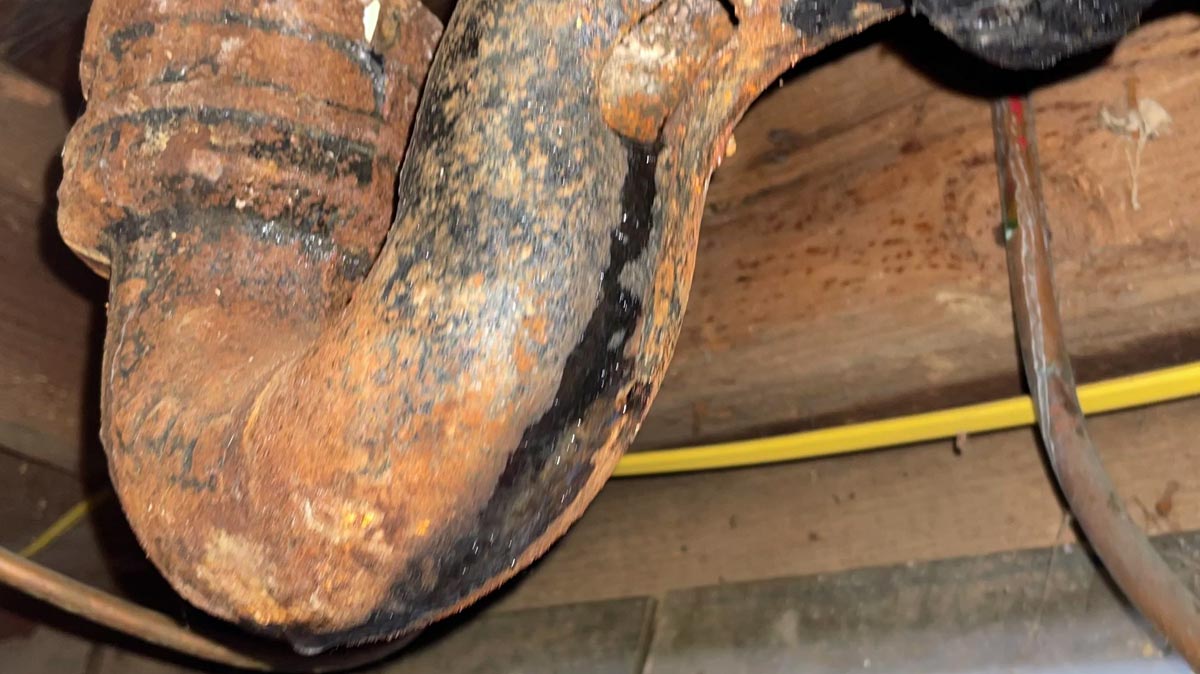
9. Structural Problems
Aging pipes, ground movement, and poor installation can lead to misaligned joints, pipe collapses, or bellied drain lines, causing blockages.
Prevention Tips
- Regularly inspect pipes with CCTV drain surveys.
- Ensure proper installation practices.
- Consider using flexible or more resilient piping materials.
DIY Repair Tips
- Replace or realign damaged sections.
- Pipe relining can be a non-intrusive solution for specific issues.
- Always consult a professional for structural pipe repairs.
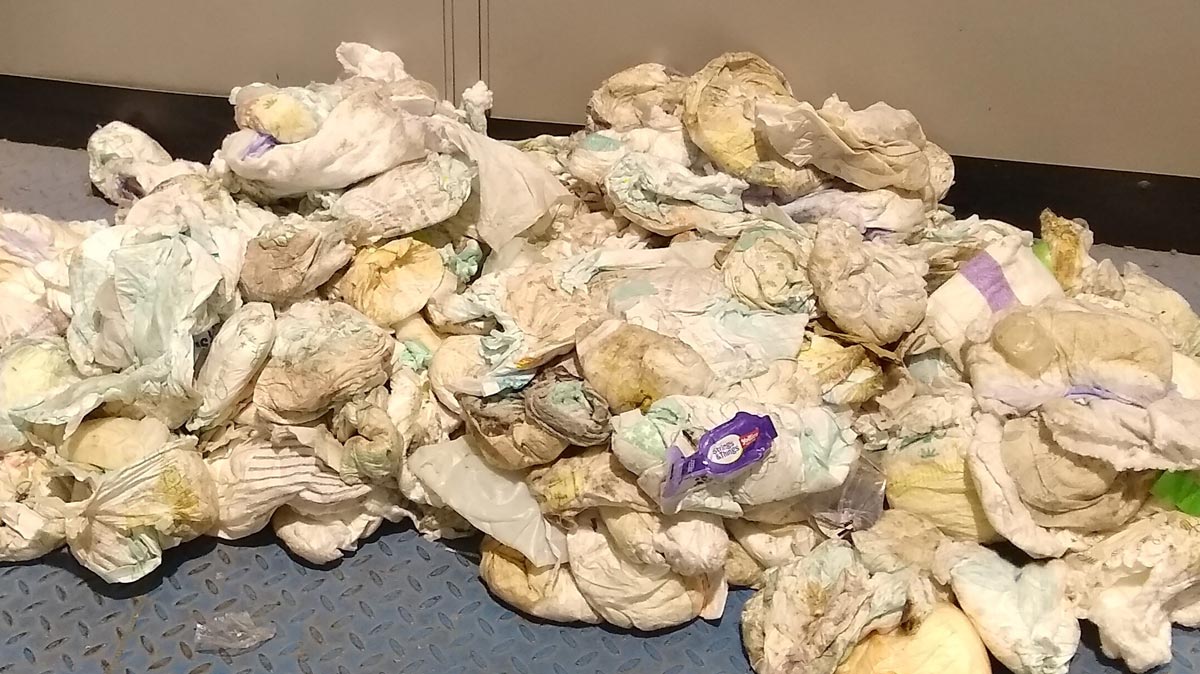
10. Excessive Flushing of Non-Dissolvable Materials
Flushing baby wipes, diapers, sanitary pads, toilet paper, kitchen towels, and other products down the drain can end up causing blockage and other house problems.
Prevention Tips
- Educate households on flushable items.
- Use labelled bins for non-flushable items.
- Ensure toilet flush pressure is adequate.
DIY Repair Tips
- Use a plunger or toilet auger.
- If accessible, manually remove the blockage.
- Seek professional drain cleaning for persistent blockages.
- If your toilet has been overflowing due to the blockage, consider a professional bathroom cleaner to avoid any health risks.

11. Chemical Buildup
Some household chemicals can react with materials inside the pipes when disposed of improperly, leading to solidified blockages or hazardous reactions.
Prevention Tips
- Avoid disposing of chemicals like paint, solvents, and potent cleaning agents down the drain.
- Use eco-friendly, septic-safe products.
- Regularly flush drains with water after using any chemical cleaners.
DIY Repair Tips
- Dilute the blockage with plenty of water.
- Use natural enzyme-based cleaners.
- For severe blockages, consult with professional drain cleaning services.
When to Call a Professional
While you can prevent or resolve most drain or sewerage problems on your own, there are certain situations where opting for an expert plumber is better. These include:
Persistent Blockages
If the pipework keeps getting blocked despite your DIY efforts, it’s a sign that the issue is more complicated than it looks. If this is your case, then better call a professional.
Multiple Drain Blockages
Sometimes, you’ll deal with two or more blocked drains simultaneously. This could mean that there’s a more complex root problem. So even if you can resolve these issues alone, you better leave it to the expert instead.
Unusual Odors or Water Discolouration
Suppose you experience foul smells or weird-coloured water coming from your drains. It signifies a serious problem lurks within your pipe and sewerage. This could be due to severe blockage or chemical contamination, issues best left to professionals.
Sewage Backup
Is wastewater rising up your kitchen sink, bathroom tubs, and toilets? It’s likely due to a severe leak or a sewer line issue. Under such circumstances, getting help from expert maintenance might be better than going full DIY mode.
Tips to Find the Best Plumber for Your Problems
Finding the right plumber is vital to resolve your pipe or sewerage problems immediately. Here are some tips to help you find the best ones:
Personal Referrals
Ask your family, friends, co-workers, and neighbours if they know a decent plumber for your drainage problems. Through personal referrals, you can gauge how reliable the recommended expert is and check their quality of work.
Read Client Reviews
Other than personal referrals, checking client reviews and testimonials is also a great way to gauge how good a plumber is. Obviously, you should never go for so-called experts that have too much negative feedback under their belt.
Check Their Credentials
Always look for licenses, certifications, and insurance policies when looking for a plumber. These credentials basically indicate that they meet industry standards and have the necessary expertise to fix your problems.
Ask About Their Experience
It’s one thing to have the necessary credentials and another to have the experience. The plumber you choose must be able to diagnose your drain problems accurately and provide the best solutions. To do that, they must have handled similar issues in the past.
Request Quotes
Finally, you should make sure you can afford the plumbing services. So before picking one, best get quotes from multiple plumbers first. Compare these rates against each other, and opt for the expert that offers the most reasonable pricing (without skimping on quality).
